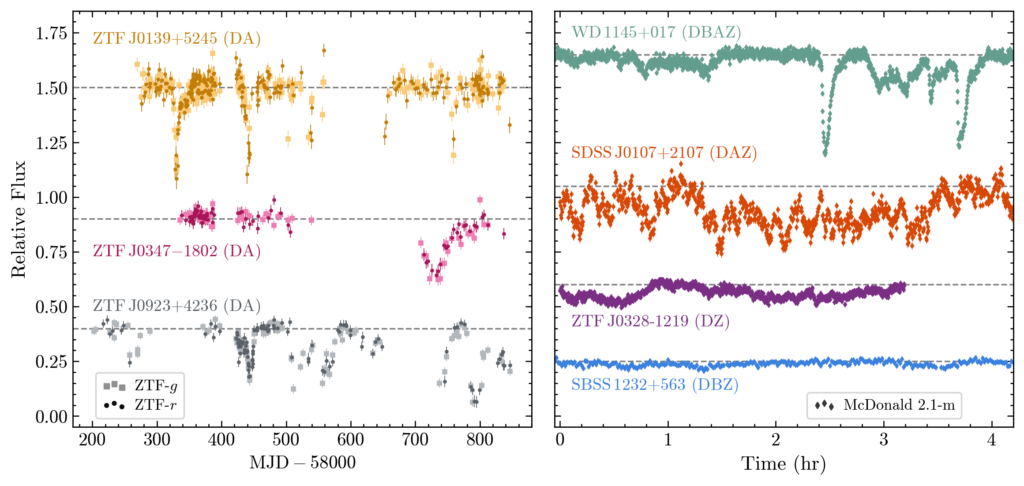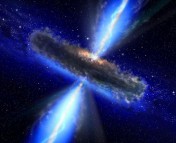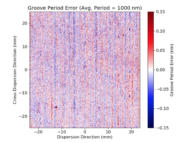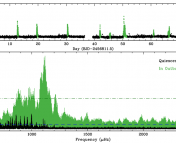The Undergraduate Research series is where we feature the research that you’re doing. If you are an undergraduate that took part in an REU or similar astro research project and would like to share this on Astrobites, please check out our submission page for more details. We would also love to hear about your more general research experience!
Joseph Guidry
University of Texas at Austin

Hi! I’m Joseph (he/him/his), a fourth year Astronomy & Physics undergrad at UT Austin applying to graduate programs in astronomy for fall 2021 start. I love observing, studying white dwarf stars, cooking, and photographing the beautiful natural world.
White dwarf stars mark the end point for about 97% of stars in the Universe, including the Sun. As these stellar “fossils” cool for the remainder of their lives, a significant fraction of these white dwarfs will vary in brightness. These variations are caused by a myriad of mechanisms, including gravity wave pulsations, accretion of a nearby companion star, and transits by planets and debris clouds.
With several enormous data sets floating around, it is becoming increasingly important to develop efficient ways to mine these data sets for interesting stars like these “that go bump in the night.” We do just that in our paper, where we show how to use large levels of scatter in Gaia DR2 and Zwicky Transient Facility observations to find variable white dwarfs. We ranked over 12,000 white dwarfs with our method and examined the top 1% ranked objects as a proof of concept, finding we recovered 39 white dwarfs previously known to vary. We also obtained follow-up observations to assess variability in 33 of these top 1% highest-ranked candidates, confirming variability in all 33.
Our most exciting result pertains to white dwarfs hosting transiting planetary debris, rocky debris clouds composed of the remnants of planets shredded apart by the star’s gravity. In addition to recovering the only two known systems, we identify five new white dwarfs highly likely to show transiting planetary debris (see Figure 1), potentially more than tripling the known number of these precious systems! Because white dwarfs have remarkably pure atmospheres generally composed entirely of either hydrogen or helium, any observed metal pollution in these stars must come from these debris. And so, finding and studying these systems is one of the most direct tools to study the bulk chemical compositions of terrestrial exoplanets!

Edited by: Ellis Avallone





Amazing find! I especially like the WDs with transiting debris. 🙂